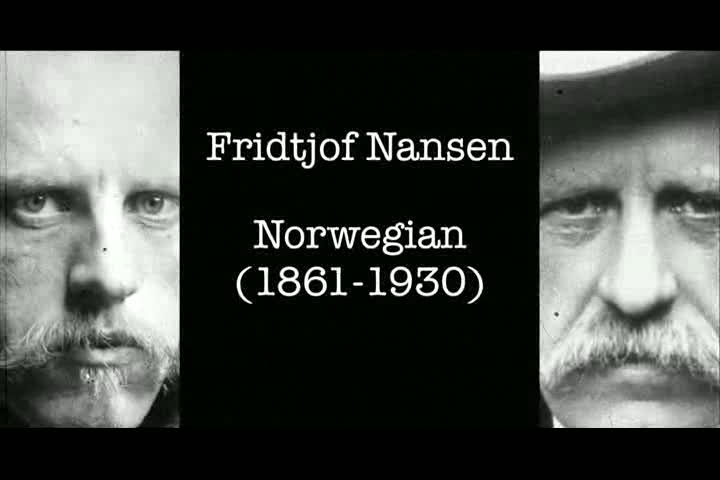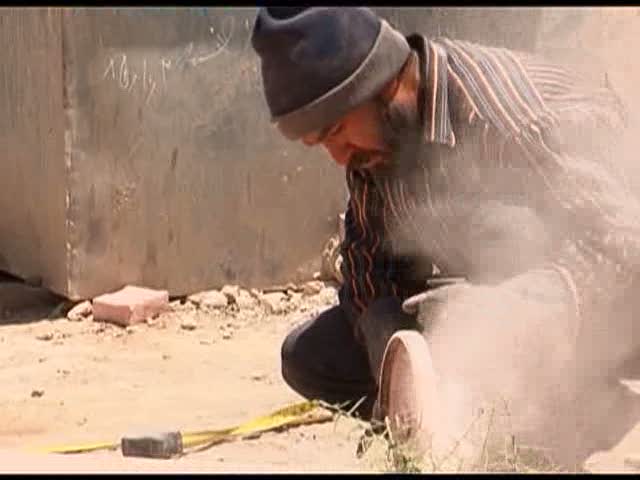Lesson plans for ages 12-14 in History: The Rwandan Crisis 1994
Teaching Tools, 1 March 2007
INTRODUCTION
One of the major conflicts that shook Africa in the 1990s was the ethnic strife between the Hutus and Tutsis of Rwanda. Since 1994, there has been much news coverage about the genocide of over 800,000 Tutsis and moderate Hutus which occurred that year, and of the exodus of million Hutus, fleeing the possible vengeance of the new Tutsi-led government. The Hutu refugees, and the Hutu militia, some of whom were responsible for and had carried out the 1994 genocide, settled in the neighbouring countries of Tanzania, Burundi and Zaire, living in UNHCR-supervised refugee camps.
In Zaire, November 1996 was marked by the upheaval caused by the mass movement of the same Hutu refugees from their camps, some back to Rwanda, some deeper into Zaire, fleeing more armed conflict, this time between the Zairian Tutsis (called the Banyamulenge) and the Hutu militia, who had controlled through threats the majority of helpless Hutu refugees and prevented them from repatriating to Rwanda. These events mounted to a dramatic failure by the international community of refugee protection. Shortly after the massive movememt of refugees in Zaire, the Government of Tanzania declared that all Rwandan refugees had to return to Rwanda before the end of 1996. The Tanzanian camps were quickly emptied as hundreds of thousands of refugees headed home, to what was then, an uncertain future.
Protection issues continued to be major concerns in Rwanda and UNHCR pushed projects aimed at strengthening the country's justice system with an emphasis on basic civics.

In 2004, a ceremony was held in Kigali, Rwanda to commemorate the tenth anniversary of the genocide and the country observes a national day of mourning each year on April 7. Many of the leaders of the genocide are on trial at the International Criminal Tribunal for Rwanda and in the Rwandan National Court system. Other perpetrators are also being tried through a traditional informal village justice system called Gacaca.
Stability has returned to Rwanda and 3.2 million Rwandan refugees have gone home to rebuild their lives in their own country.








